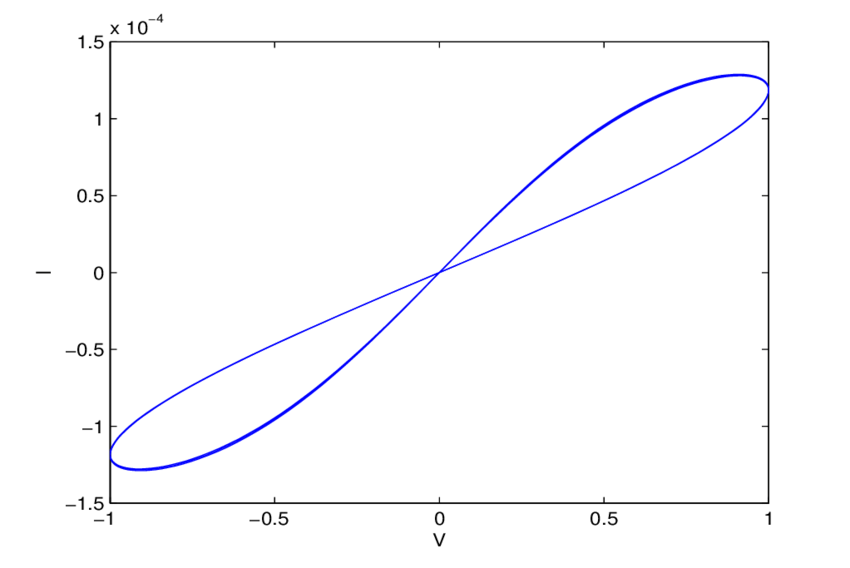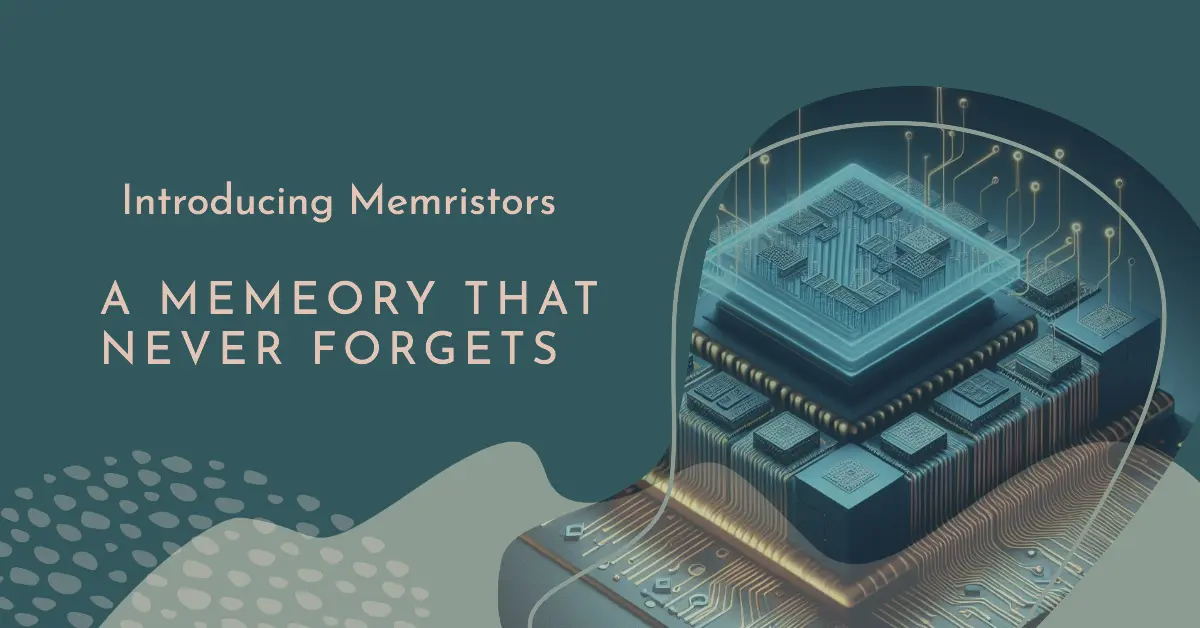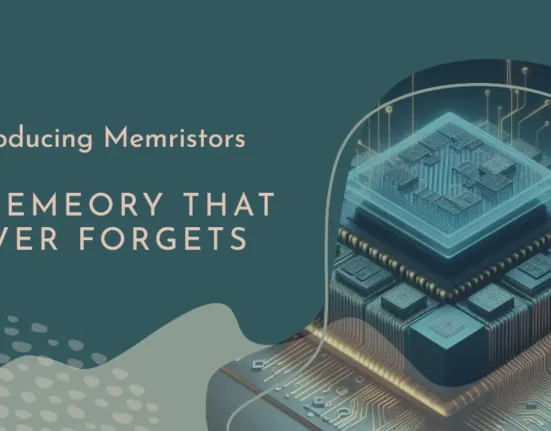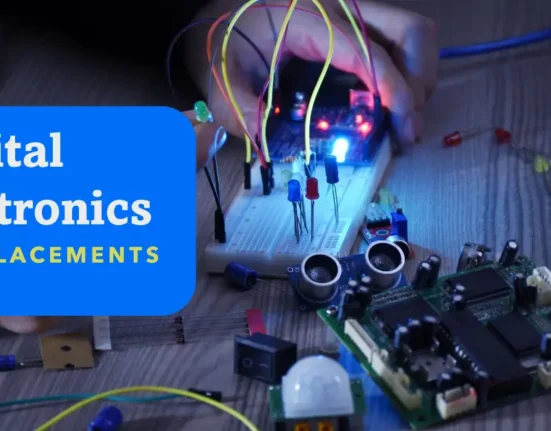We’ve all been there – spending hours working on an important document or project, only to lose all our unsaved progress due to a power outage or system crash. Data loss can be incredibly frustrating, costly, and in some cases, catastrophic. But what if there was a technology that could permanently retain data, even without a power source? Here Enters our hero Memristors.
Memristors are a groundbreaking class of electrical components that are set to revolutionize data storage and computer memory as we know it. Unlike traditional volatile memory like RAM that forgets everything when powered off, memristors have the remarkable ability to “remember” their resistance state, allowing them to function as non-volatile memory devices
These tiny adaptive resistors, whose name is derived from “memory resistor,” can store data by dynamically modulating their resistance based on the flow of electric current. This unique characteristic not only enables data persistence without power but also opens up exciting possibilities for high-density storage, low-power operation, and even brain-inspired neuromorphic computing.
Table of Contents
ToggleHow does Memristors works?
At the core of memristor technology lies a fundamental circuit element known as a memristor (a portmanteau of “memory resistor”). First theorized in 1971 by circuit theorist Leon Chua, memristors were not physically realized until 2008 when a team at HP Labs successfully developed the first working models.
A memristor is a two-terminal device whose resistance depends on how much electric charge has flowed through it in the past. In other words, it “remembers” its resistance state based on the history of the current that passed through it. This unique behavior sets memristors apart from the three other basic circuit elements – resistors, capacitors, and inductors.
The magic happens at the nanoscale level within the memristor’s structure. It typically consists of a thin semiconductor film sandwiched between two metal electrodes. When an electric current flows through the device, it causes ions to move and redistribute within the semiconductor material.
This ionic movement creates regions of high and low resistance, essentially carving out conductive pathways or filaments. The resistance across these filaments determines the overall resistance state of the memristor, which can be read like a non-volatile memory cell.
By applying specific voltage pulses, the resistance state can be toggled between a high-resistance state (logic 0) and a low-resistance state (logic 1), allowing data to be written and stored. Remarkably, this resistance state persists even when power is removed, enabling true non-volatile memory functionality.
Memristors exhibit a peculiar behavior called “pinched hysteresis loop” in their current-voltage characteristics, which is a signature of their memory effect. This effect is also remarkably similar to how biological synapses in the brain operate, making memristors promising candidates for neuromorphic computing applications that mimic the human neural network

Memristors vs. Other Storage Devices
While memristors are still an emerging technology, they offer several compelling advantages over existing storage solutions like DRAM, SRAM, flash memory, and hard disk drives (HDDs). Let’s compare their key characteristics:
1)Neuromorphic Computing
Perhaps the most exciting aspect of memristors is their ability to mimic the behavior of biological synapses in the brain. This makes them well-suited for developing neuromorphic computing systems that can process information in a similar way to the human neural network, potentially leading to breakthroughs in artificial intelligence and cognitive computing.
2)Non-Volatile Memory
Unlike DRAM and SRAM, which are volatile and lose data when power is removed, memristors are non-volatile and can retain information without a constant power supply. This makes them similar to flash memory and HDDs in terms of data persistence, but with some additional benefits.
3)High Density and Scalability
Memristors can be fabricated at much smaller scales (sub-20nm) compared to traditional memory cells, allowing for extremely high-density data storage. Their simple two-terminal structure also makes them easier to scale and integrate into high-capacity memory modules, potentially enabling terabytes of storage in a tiny chip.
4)Low Power Consumption
Memristors operate at low voltages and require minimal power to retain data, making them highly energy-efficient. This is a significant advantage over volatile DRAM, which consumes a considerable amount of power to constantly refresh data, and HDDs, which have high operational power demands.
5)High Endurance and Speed
While flash memory has a limited number of write/erase cycles before degradation, memristors can potentially offer much higher endurance and faster read/write speeds, comparable to DRAM and SRAM. Their simple structure also allows for faster access times than HDDs, which have mechanical components
Conclusion:
While memristors are still facing challenges in terms of consistent manufacturing, endurance, and integration with existing systems, their unique properties make them a promising candidate to revolutionize data storage and computing as we know it.
Contributor :Soumick Majumdar
MS in VLSI @ IIIT Bangalore | GATE Mentor | Power Electronics | VLSI | Embedded Systems | IoB |









